For too long endurance athletes have been missing out on unlocking their full potential. Regardless of your training philosophy to improve overall aerobic ability, too many endurance athletes neglect the physiological enhancement that specific strength programming can have on improving performance and reducing the likelihood of injury.
High Intensity vs Low Intensity Training: The Ideal Ratio for Endurance Athletes
It may come as a surprise, but you don’t need to complete hours and hours of continuous training to be successful in endurance sport.
No, really, science says so.
That’s not to say that volume isn’t important. In fact, you’d be silly not to train long distances if you want to succeed in long distance events such as Ironman, 3peaks, multi-stage races, ultra-marathons etc.
BUT, you may not need as much volume as you think.
10 Reasons Why Endurance Athletes Don’t Reach Their Peak Potential
There are many reasons why an endurance athlete may not reach their peak potential. This article attempts to provide an overview of some of the more common reasons many individuals struggle to achieve their best. Each list item will include the reason, an explanation, and a link to more detailed information on the topic.
Endurance Athletes: Why You NEED To Know Your Training Zones
Recovery: The Forgotten Ingredient in the Recipe for Success - Part 2
Last week we spoke about the importance of following a structured and progressive periodised training program in order to ensure our training load is appropriate for adaptation to occur rather than to experience excessive fatigue and injury. This week we are discussing the physiological and nutritional recovery practices we can use in order to reduce the time required in between sessions and get back to full freshness quicker.





